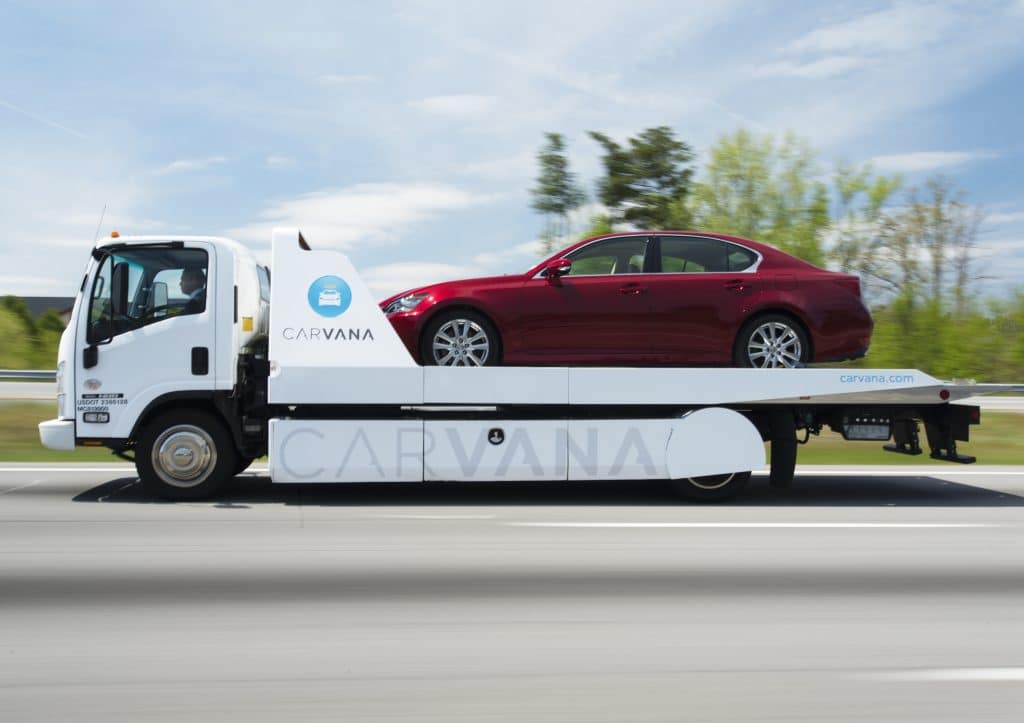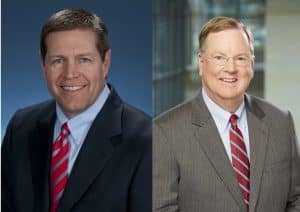The White House is planning on revising Department of Defense (DoD) rules to more freely allow the sale of add-on products to military servicemembers at the same time that the Consumer Financial Protection Bureau prepares to scrap supervisory examinations of lenders in regards to violations of the Military Lending Act.
The proposed changes were revealed in documents signaling that President Donald Trump’s administration is moving to support dealer trade groups that have been calling for the change, arguing that servicemembers should have the same access to add-on products at the dealership as other consumers. The New York Times and NPR reported the news Friday after receiving the documents.
However, critics say the changes could make servicemembers more susceptible to predatory lending practices and would make the CFPB less proactive in policing violations.
Late last year, the DoD changed how it regulates the Military Lending Act such that GAP waivers and other add-on products must be included in the calculation of the borrower’s military annualized percentage rate (MAPR). The law states that MAPR cannot exceed 36% and since F&I managers at dealerships weren’t adequately trained to calculate this rate with the add-on products included, many lenders decided to stop funding loans to servicemembers seeking GAP waivers.
Auto Finance News has not obtained the documents so it’s unclear if the proposed plan would revert to the system in which GAP waivers are excluded from the calculation, or if there are other changes in the works. But in a statement regarding the regulation of add-on products, the DoD said changes would be made “only if necessary and in a way that does not reduce the MLA protections afforded servicemembers and their families.”
NPR had Christopher Peterson, a law professor at the University of Utah who helped write the original regulations, review the documents. He said the proposed plan would make it easier for dealers to sell add-on products to servicemembers while characterizing the sales as “overpriced rip-off products.”
At large the industry feels add-on products, such as GAP waivers, are valuable because it protects consumers who increasingly find themselves in negative equity positions on their auto loan.
However, the Military Lending Act was designed to protect servicemembers from falling into bad financial positions, and critics argue these add-on products make loan payments too high for the borrower to cover. Servicemembers can lose security clearances, get distracted by financial trouble at home, or even get kicked out of the service for the inability to handle financial affairs.
On top of the changes at the DoD, the CFPB is looking to eliminate supervisory examinations that would proactively protect servicemembers from violations of the law. Interim director Mick Mulvaney argues that the examinations are not explicitly laid out in the Military Lending Act.
Despite plans to roll back enforcement, Mulvaney is simultaneously seeking the Congressional authority to perform active monitoring of lenders under the legislation.
“It will go from a proactive system to something that is completely reactive,” Peterson told the New York Times.
The bureau will still bring individual cases against lenders who are found to violate the law and will continue to supervise lenders under other statutes, according to reports.










